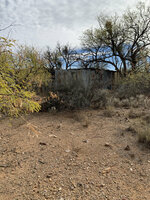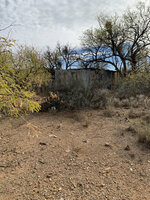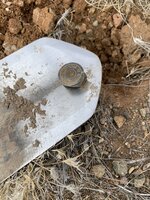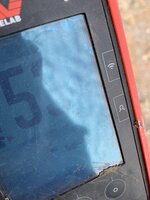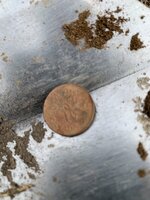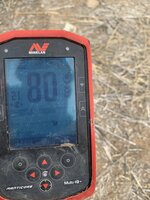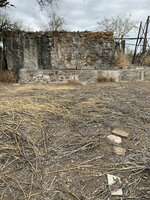Diga
Elite Member
- Joined
- Mar 22, 2022
- Messages
- 2,602
Hi Dave.Your forgetting that the target trace shows ferrous probability too. An "85" doesn't have to land on the non ferrous line. No TID has to land on it. If the 85 TID is all you had to go by, ignoring both TT and tones, you'd have to dig. But TT and tones convey far more information than the TID alone and you can be fairly certain if the 85 TID is ferrous or non-ferrous by looking at the TT and listening to the tones. If you are cherry picking and playing the odds you can safely skip digging many 85 TID signals by listening to the tones and looking at the TT. Indeed, 85 is a common TID for rusty bolts. But they don't sound the same as a good non ferrous 85 and the TT doesn't look the same either. The Target Trace and audio provide more information than the TID. Going by TID alone with the Manticore would be ignoring most of the target information the machine provides.
I dug my last silver ring of the year today and it just happened to be an 85. But a tiny dot on the center line. And 85 being smack between a clad dime and clad quarter, I was "pretty sure" it was going to be a small silver ring - I have found many such with the Manticore. And it was. I did not dig half a dozen other 85's I hit on today that the audio and TT showed almost certainly not non-ferrous. Rusty bolts is the most common non-ferrous 85 with the Manticore in my experience. But they are easily avoided, by not going by TID but rather by audio and TT.
I'm not forgetting that that TT shows the ferrous probability. However, that doesn't apply to the nonferrous target scenario I presented. In addition, the ability for TT to show the ferrous / nonferrous probability, isn't exclusive to the Manti. The Legend and D2 have that ability as well.
When I used "85" as an example, 85 was just a number I pulled out of just about nowhere. By 85, I just meant whatever ID something like a high conductor coin would produce on the Manti.
Can you provide a specific and detailed scenario, in which TT changed your dig/no dig decision, in a way that tones and/or TID could not?


 .
.![IMG_0522[1].JPG](/data/attachments/527/527288-262701de0cbef8f3741b2003d41bb14e.jpg)
![IMG_0524[1].JPG](/data/attachments/527/527289-f335bd211292b88b197768635607eab8.jpg)
